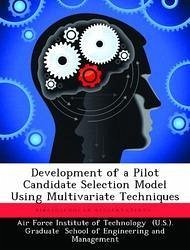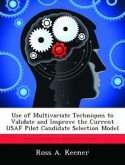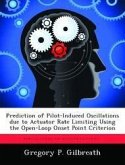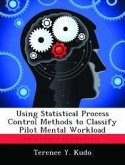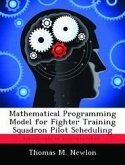Every year the Air Force spends millions of dollars to send personnel through Undergraduate Pilot Training (UPT). To be accepted into UPT, a candidate must go through a selection process to ensure the Air Force is choosing personnel best suited to succeed in the rigorous training environment. One of the key factors provided to the selection board is the Pilot Candidate Selection Method (PCSM) score. The PCSM weights a candidate's Air Force Officer Qualification Test (AFOQT) score, Federal Aviation Administration (FAA) flying hours, and a Basic Attributes Test (BAT) score to provide a single score between 1 and 99. The goal of this study was to apply a full range of multivariate data analysis techniques as well as current pattern recognition practices to the provided data to determine an appropriate model to predict pilot success. The new model was validated to establish its predictive accuracy, capabilities, and limits. In order to avoid bias, the model development process did not make any comparisons to the current PCSM model. However, a post-development comparison was made to determine relative model performance. The performance of the new model was superior to the existing model. The difference in performance between the two models is shown to be statistically and practically significant.
Bitte wählen Sie Ihr Anliegen aus.
Rechnungen
Retourenschein anfordern
Bestellstatus
Storno

